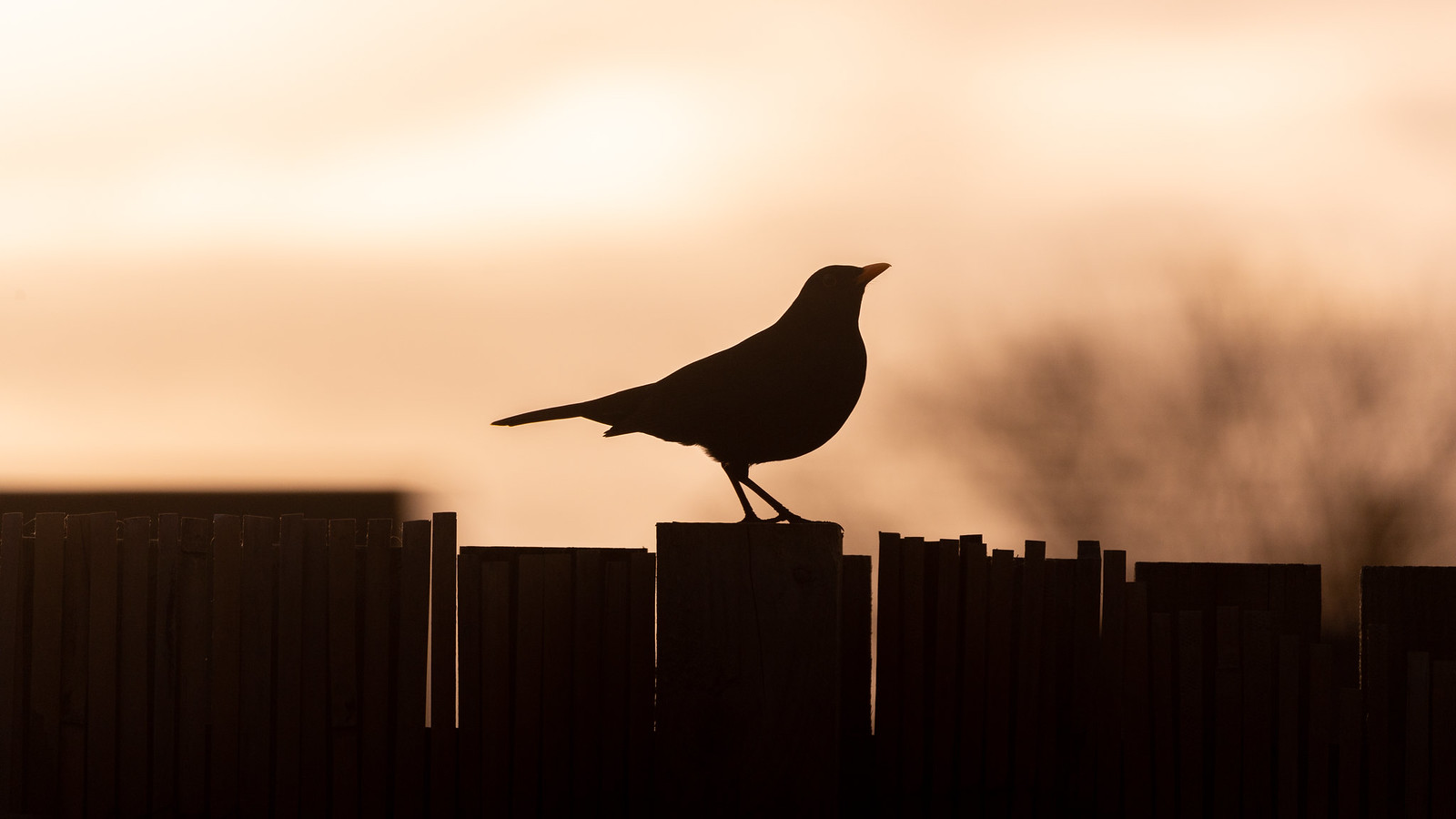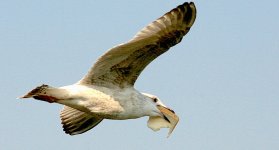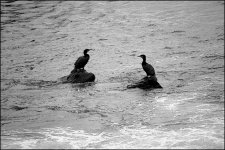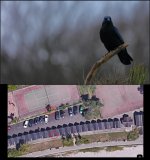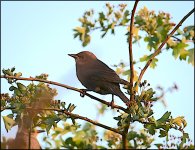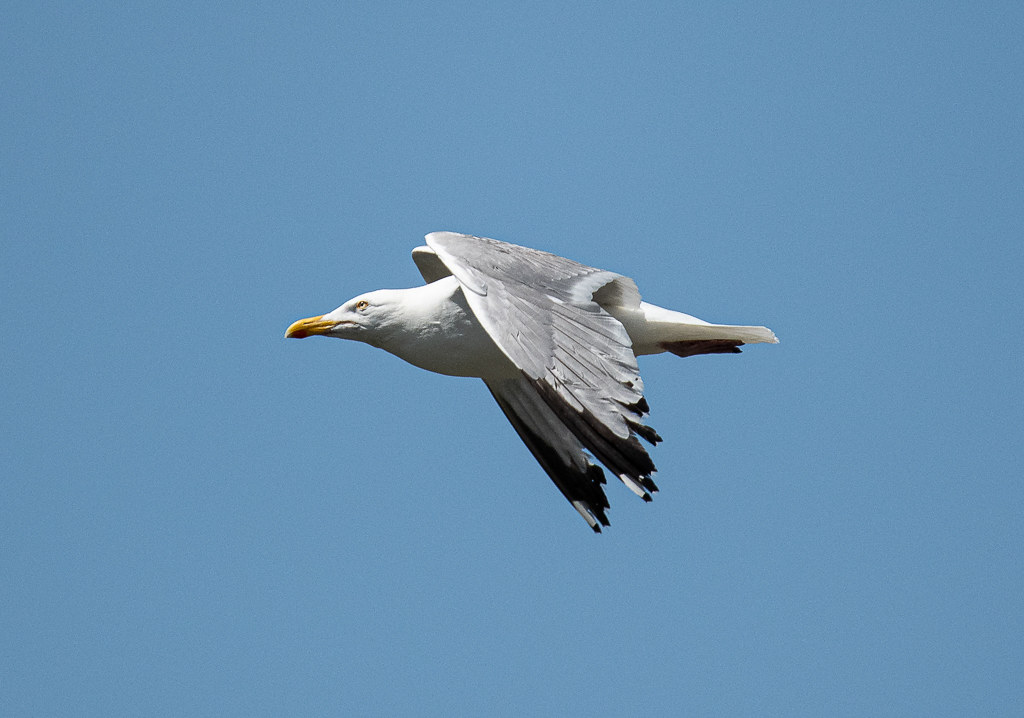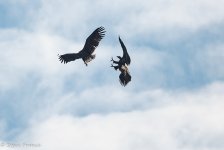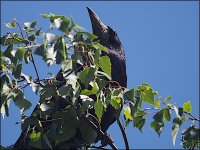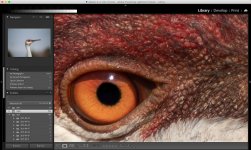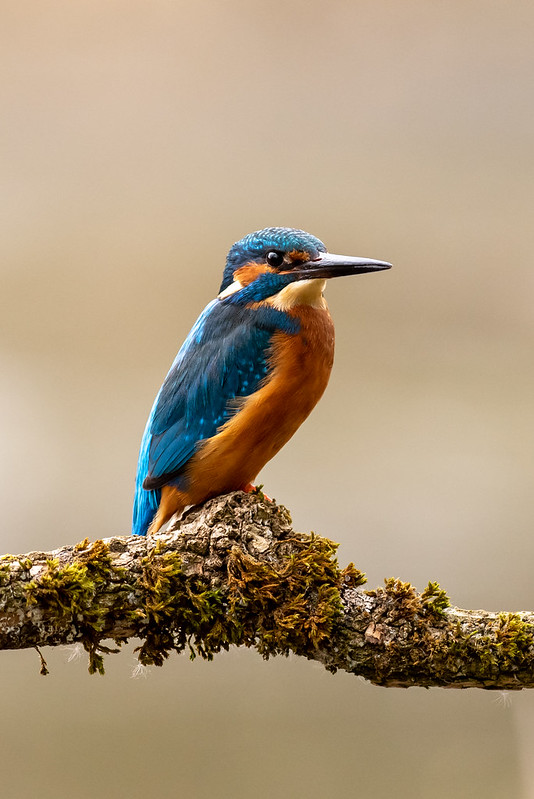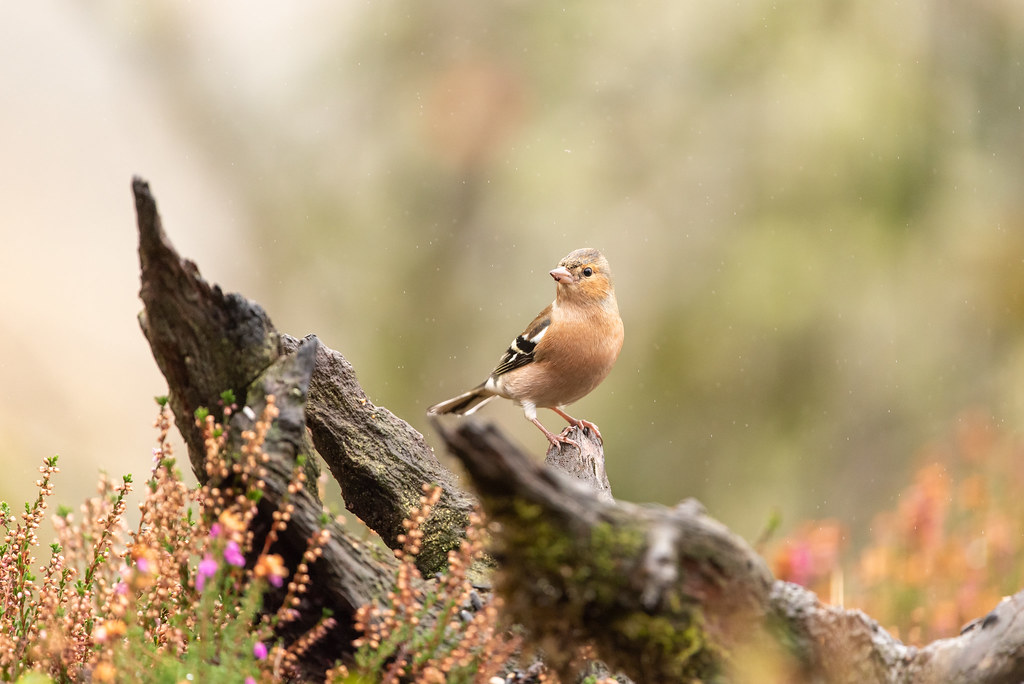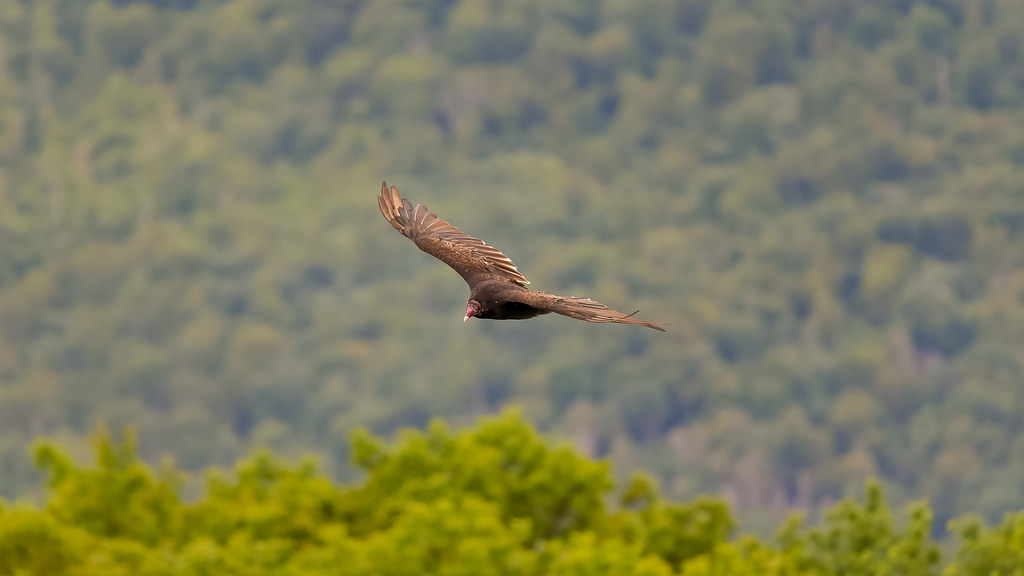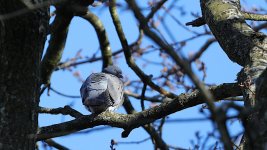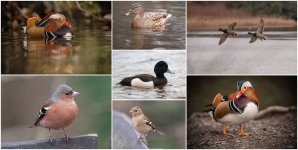Wow! Thanks. That is just a prove of what I was thinking - if crowded, or popular places where people are always present, birds going to be used to that and could be good place to photograph them. That is a point for shorter, like 200mm lens, but yeah, in general, if I would like to walk in the woods, 300-400mm would be better.
To be honest, I'm not into birds, but I would love to photograph some owls!

There is always the chance that you'll buy a camera and find that you quite like being out in nature and photographing birds in general.
If not, then photographing owls might not be as appealing as you imagine.
The reasons being:
1) It's not easy to find owls in daylight. You would need to do your research on the habits and habitats of owls. Barn Owls for example, will hunt during the day when they have to, e.g. after a windy or rainy period because they haven't been able to hunt much, during winter when there is reduced rodent activity, when they're feeding their young. Tawny, Long-eared, Short-eared and Little, frequent different and certain habitat; and so you'd need to know which and you'd need to do your research on signs of owl activity.
2) Nobody is going to give you directions to an owl because a) bird photography is competitive b) many people keep their mouths shut when they stumble upon owls because they know that in the event they tell anyone, it will spread like wildfire and there is a decent chance an owl will be pestered, including when the bird is trying to bring up its young.
3) I know good places for all 5 British owls through doing a lot of walking. Are they still easy to photograph? Absolutely not. You would need a lot of patience, watching them from a distance for where they generally perch and then waiting and waiting, that's if you can find a bit of cover in a place that is in decent range for a photograph. These are shy birds and they do not appreciate human company. To illustrate, there is a Little Owl about half a mile from where I live, in a disused farmhouse. He roosts in a particular recess in that building. I pass that way to walk down to the local reservoir. What would it take to get a decent picture and how long would it take? I would expect to have to sit there for hour upon hour waiting for the owl to come out and perch on one of the posts. I can get my car up there but even with cover like that, I reckon it could be days of patience. When I'm trying to photograph songbirds, the time flies and the day's gone in no time; waiting for owls, an hour feels like a fortnight for me. I just don't have that same commitment to photographing owls as I do for songbirds.
'Long story short, you'd have to do your research, you'd have to do a lot of walking to find them, you'd have to have a lot of patience and commitment to photograph them. There are people who go through their lives photographing all sorts of birds but they do not get decent pictures of owls. It would be a lot of effort and time to get your rewards.


